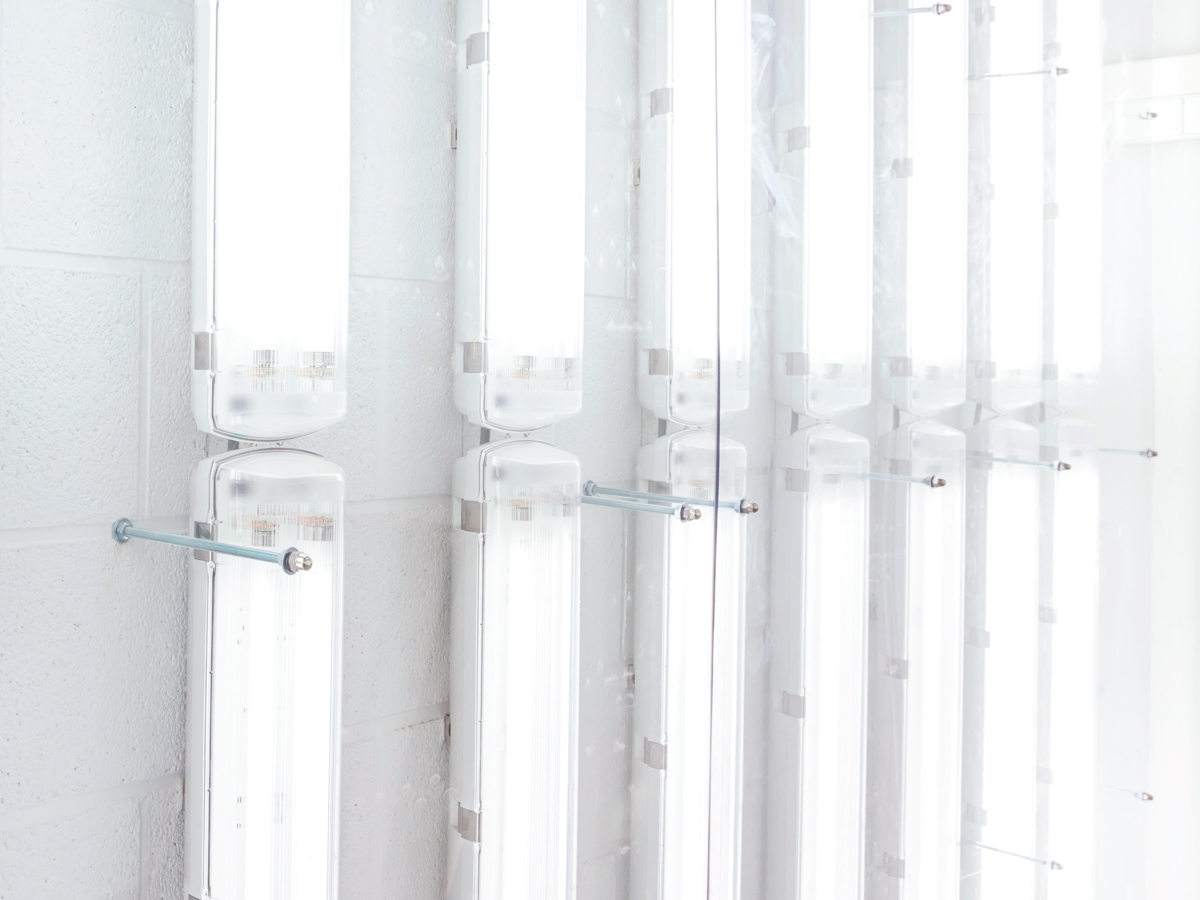Lighting a path for sustainability

Many warehouses and office buildings are equipped with fluorescent bulbs that professor Kristiina Mai hopes to replace for a greener, smarter option. (Photo by Den Boma)
In partnership with Power Optic Systems Inc., electrical and computer engineering professor Kristiina Mai has innovated a smart LED lighting solution that can replace fluorescent tubes easily.
Equipped with sensors and microchips, the lighting, which has the same sockets as standard fluorescent tubes, can be fitted into existing fixtures. Additionally, they are equipped with sensors and circuit boards and then placed into 3D-printed housings in order to create lights that can sense motion in a room, sense the ambient light, and communicate with each other. The lights adjust according to the conditions they detect.
Commercially, the lights are currently being applied in warehouses where the demand for light is high. By decreasing lighting where possible, the cost savings and reduction in greenhouse gas emissions could be significant.
“The new tubes consume a lot less wattage but produce the equivalent amount of light as the old fluorescent tubes,” said professor Mai. “And because they are LED, we have the ability to select a warmer light spectrum, more similar to that of the sun.”
According to professor Mai, her industry partner is on “a bold trajectory” for retrofitting, and this innovation allows for retrofits to happen quickly and easily by simply swapping out current bulbs with new ones.
Having completed this project, professor Mai is looking towards improving the technology for applications in indoor food growing by honing the spectrum of the LED lights tailored to the optimal combination for individual plants.
“Urban farming is increasing in importance as our cities expand so dramatically. We want to ensure that everyone has access,” said professor Mai, noting that indoor gardens can supplement green roofs and living walls currently in use within the city. By creating sustainable lights for indoor growing spaces, professor Mai and her team will help ensure that urban gardens can procure healthy foods year-round.
This project received funding from the Natural Sciences and Engineering Research Council of Canada.